Report Finds UK Gigabit Broadband and 5G Rollout Needs More Collaboration

A new report from the Digital Connectivity Forum (DCF), an industry think-tank, has found that UK’s rollout of gigabit-capable broadband and 5G mobile connectivity would benefit from improvements in communication, collaboration and consistency between local authorities and the telecoms industry.
At present, over 76% of UK premises can already access a fixed gigabit-capable broadband ISP network (details), which falls to 53% when just looking at FTTP (i.e. the gigabit figure is boosted by Virgin Media’s Hybrid Fibre Coax network). On top of that, Ofcom recently reported that outdoor 5G coverage by at least one operator had hit 73-82% of UK premises, but this falls to just 12-22% when looking at outdoor coverage by all operators combined.
However, the latest report for the DCF, which was produced by consultancy firm FarrPoint and interviewed 31 organisations involved in the provision of digital connectivity (councils, network operators, governments and regulators etc.), looks at the role of local authorities as enablers of such infrastructure and finds that there are problems in the areas of communication, collaboration and consistency.
The report then makes 27 recommendations which it claims, if fully implemented, would “address many of the remaining obstacles local authorities are experiencing with the deployment of digital connectivity“. As usual, we see a repeat of some all too familiar points here, which have been made before in various other reports.
For example, the report notes that local authorities who have a published digital strategy are more proactive in reducing the barriers to fixed and mobile deployments. At the same time, there are calls for local authorities to appoint digital champions and to improve their own familiarity with how digital infrastructure works.
Alexander Mather, Head of the DCF, said:
“Much positive work has taken place, particularly in the terms of legislative changes, over recent years to reduce barriers to the deployment of high-speed fixed and mobile connectivity. This has resulted in real benefits to UK economy and society, with over 70% of homes across the UK having access to gigabit-capable broadband.
However, as this report highlights, challenges remain at a local level especially regarding poor communications and collaboration between local authorities and network builders. This is resulting in high levels of variation between local authority areas in terms of their rollout of both fixed and mobile digital infrastructure.”
The full list of recommendations can be found below, although it remains to be seen how many of these will be adopted. I haven’t given this my full analysis, as the report came in just as I was leaving the office yesterday.
DEPARTMENT FOR SCIENCE, INNOVATION AND TECHNOLOGY
R1. Secretary of State for Science, Innovation and Technologyshould issue letters to Local Authorities providing clear guidance on the requirement and role of digital champions in local authorities. Consider options to mandate this in the same way as other roles (DPO, Caldicott Guardian, Section 151 etc).
R2. Funding should be allocated to local authorities to support the role of digital champion with a mandated job description / skills level to ensure there is consistency across all local authorities. The digital champion role should be tied to the UK Government’s wider commitments and targets for digital infrastructure to ensure local digital priorities also complement the national agenda.
R3. Improve communication from UK Government with the devolved administrations and local authorities. Ensure roles and responsibilities are clearly defined with regards to digital infrastructure deployment including establishing MoU agreements with each local authority’s digital champion (once established), like those in place between BDUK and the devolved administrations for Project Gigabit.
R4. Greater consideration for any future digital projects or pilots should be given to the different stakeholders responsible for the planning and street works processes in the devolved administrations so that all have the ability to participate with central government initiatives.
R5. Consider how more accurate, granular information can be shared with local authorities and the general public on planned public interventions to reduce the burden on local authorities who are often the first point of contact for enquiries.
R6. Work with local authorities and industry to develop and implement a clear communication strategy to raise greater awareness of the benefits of fixed and mobile digital connectivity for wider distribution by digital champions internally within local authorities. This should be cascaded down to all departments within a local authority responsible for managing digital infrastructure including planning, highways, and economic development teams as well as being promoted by senior leadership to ensure there is consistent messaging with regards to the benefits.
R7. A standard guidance document should be developed by DSIT in collaboration with the LGA which can be adopted by Councillors to help improve the overall awareness of the benefits of all digital connectivity, the impact of deploying both fixed and mobile digital infrastructure within their communities and the differences between the technologies being deployed.
R8. Conduct research to establish how many Local Authorities have digital champions in place, capturing details of where this role sits within the organisation, job description and grade to inform how greater consistency can be achieved.
INDUSTRY
R9. Telecom operators should consider taking a similar digital champion approach as local authorities to aid communication and reduce barriers.
R10. Telecom operators should work with local authorities to develop clear and consistent communication plans for engagement with all stakeholders including members of the public during the planning process. Communications should highlight the benefits of digital connectivity similar to Mobile UK’s ‘Live Better Connected’ programme 7 as well as why the technology is needed.
R11. Telecom operators should provide education to planning authorities on how networks are built, the infrastructure required, and any design constraints so that planning authorities have a better understanding on why certain site locations are chosen in the network design process.
LOCAL AUTHORITIES
R12. Ensure planning and highways teams are sufficiently knowledgeable regarding the latest planning legislation including the recent changes made to the ECC and permitted development rights relating to digital infrastructure deployments. These teams should also be aware of the latest guidance and best practice documentation available such as BDUK’s Barrier Busting Handbook.
R13. Develop a proactive approach across all departments towards digital infrastructure deployment and ensure all local policies and plans are aligned with national objectives. This includes ensuring local policies regarding a drive to reduce street clutter is balanced against the need for digital infrastructure.
DEPARTMENT FOR SCIENCE, INNOVATION AND TECHNOLOGY
R14. As a priority, provide support to update Northern Ireland’s planning regulations in relation to telecoms infrastructure including permitted development rights to avoid further misalignment with the other UK nations.
R15. Review the existing planning process in relation to pre-planning guidance and analyse the current fees being applied by local authorities. Guidance documentation on the pre-planning process should be developed which gives local authorities greater guidance on what constitutes ‘pre-planning application’ advice as well as outlining an appropriate fee structure.
R16. Work with local authorities to produce best practice guidance for planning applications including what an ‘ideal planning application’ should look like and the information it should contain. This will provide further clarity to telecoms operators about what they need to include in an application as well as giving planning authorities greater understanding about what good should look like and what to expect from telecoms operators regarding different technologies.
R17. Work with the Department for Levelling Up, Housing and Communities to review the National Planning Policy Framework (NPPF) for England regarding the deployment of ‘high quality communications’ to ensure this is up to date and aligns with recent technology changes (such as 5G deployment), and the advice reflects changes for planning applications submitted under the General Permitted Development Order (GPDO). The document should also reiterate to planning authorities the need to determine applications on planning grounds only and should be revised to include the use of local authority public assets for the deployment of digital infrastructure to ensure they are making effective use of publicly owned land and assets as much as possible.
R18. Review the Town and Country Planning (General Permitted Development Scotland) Act to ensure this enables digital infrastructure to be deployed at the pace needed in order to meet coverage targets for the SRN and those set out in the Wireless Infrastructure Strategy. Specifically, review the restrictions around building new or replacing / upgrading sites in designated areas. Consider removal of restrictions around access tracks to make it easier for operators to build and then service and maintain (in particular) mobile mast sites long term.
LOCAL AUTHORITIES
R19. Undertake analysis of planning application rejections to understand the reasons for rejection and opportunities for improvements.
DEPARTMENT FOR SCIENCE, INNOVATION AND TECHNOLOGY
R20. Work with DfT to further promote the benefits to local authorities of flexible permits including publicising any future planned trials by DfT of these schemes as a way to increase wider adoption of flexi permit schemes.
DEPARTMENT FOR TRANSPORT
R21. Work with the devolved governments to introduce a more uniform national (UK wide) approach to managing street works. This should reflect the different types of digital technology being deployed to better manage large-scale infrastructure deployments. This should consider best practice from each nation on how they operate their notice and permitting schemes, and how this can be applied more universally across the UK.
R22. Review KPIs for street/roadworks that are being monitored by highway authorities and analyse KPIs at a national level to understand the variation in statistics being reported and to ensure these remain appropriate for large-scale deployment of new digital infrastructure. Consider if less stringent performance indicators can be introduced to improve the duration and working hours of work and traffic management permitted for telecoms operators.
INDUSTRY
R23. Telecom operators should include early engagement with local authorities (both highways and planning), as a standard part of their deployment planning processes to help mitigate and avoid deployment issues, such as having to redesign the network due to planning refusal as well as ensuring alignment with other street works activities.
R24. Telecom operators should instigate improvement programmes to enhance the quality of work by their street works subcontractors, including health and safety, planning, and communications. Operators should implement appropriate governance: monitoring, auditing, and site visits to ensure works are being performed to standard, and engagement with local authorities is consistent to ensure high quality within the wider supply chains.
LOCAL AUTHORITIES
R25. Investigate the potential benefits of adopting a flexible permit scheme by learning from previous successful trials such as the Joint Authorities Group (JAG), Openreach and Sheffield City Council trial supported by DfT and DSIT. Consider running similar small-scale local trials and consider participation in any future DfT trials regarding flexible permits in order to gain valuable information on future street works policy and how flexible permits can be executed successfully.
LOCAL AUTHORITIES
R26. Ensure accurate asset data is available for industry and internal departments and that any external agents acting on their behalf as intermediaries are focused on the wider benefits that digital connectivity enables over maximising revenue generation from assets.
R27. Facilitate access to public sector land, rooftops, and other assets such as street furniture, and where possible make some of these assets available as a trial to telecoms operators to test their viability. Local authorities should use the standard templates and pricing agreements previously developed by DSIT as part of the DCIA Pilot.
Mark is a professional technology writer, IT consultant and computer engineer from Dorset (England), he also founded ISPreview in 1999 and enjoys analysing the latest telecoms and broadband developments. Find me on X (Twitter), Mastodon, Facebook and Linkedin.
« Nexfibre Secure £250m Debt Investment for UK Full Fibre Rollout UPDATE
BT Sport Has Today Rebranded its UK TV Service to TNT Sports »
Latest UK ISP News
- FTTP (5669)
- BT (3552)
- Politics (2585)
- Openreach (2334)
- Business (2311)
- Building Digital UK (2265)
- FTTC (2056)
- Mobile Broadband (2022)
- Statistics (1818)
- 4G (1709)
- Virgin Media (1659)
- Ofcom Regulation (1488)
- Fibre Optic (1419)
- Wireless Internet (1412)
- FTTH (1382)








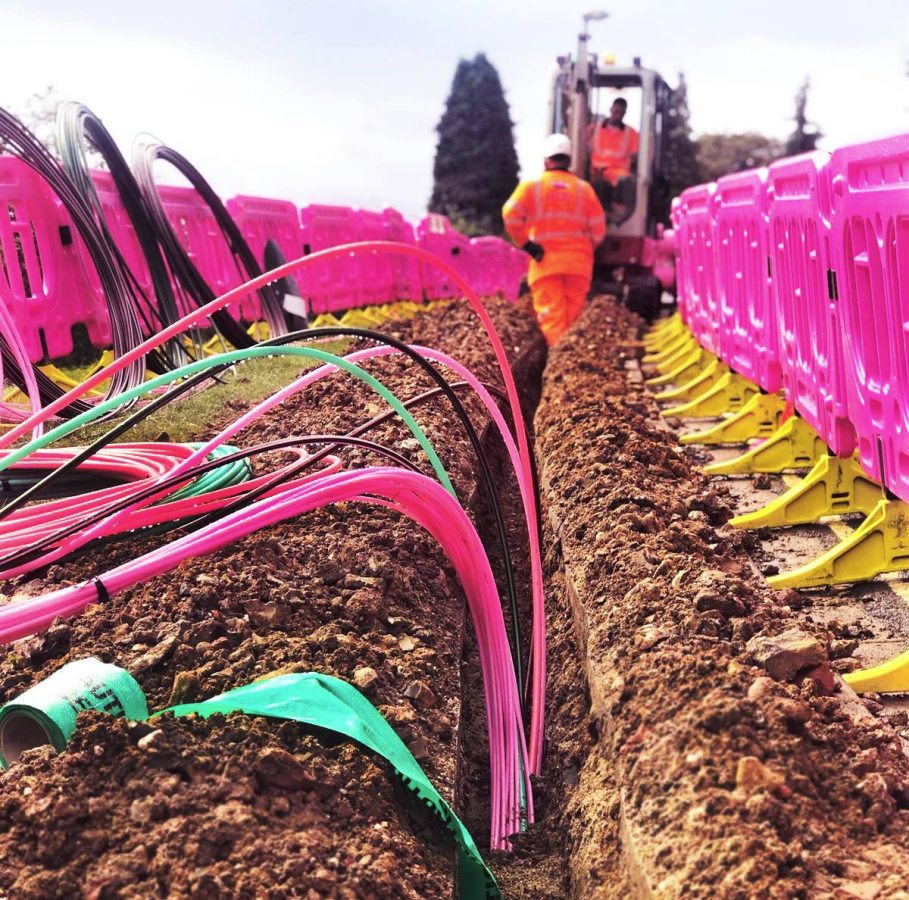




























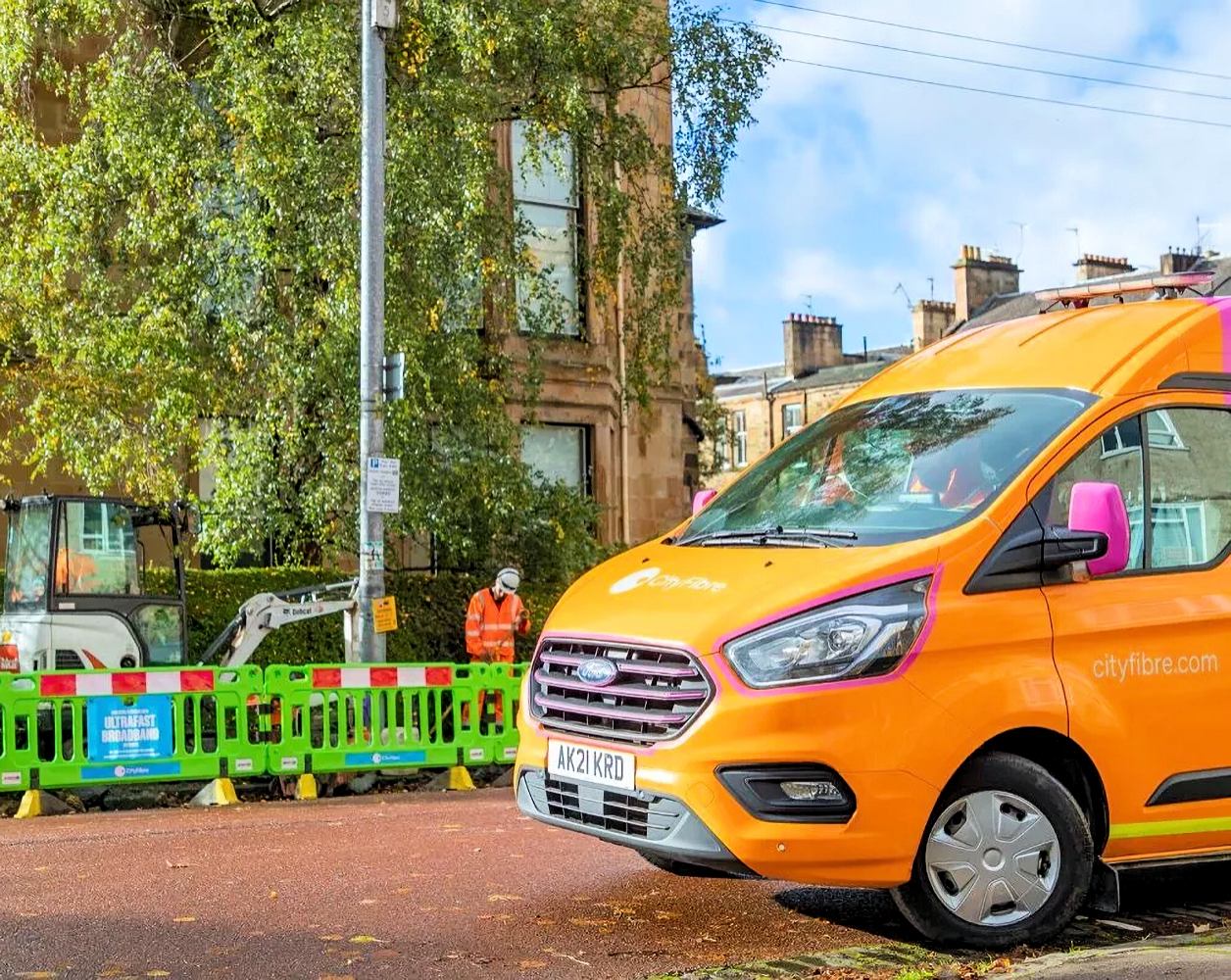





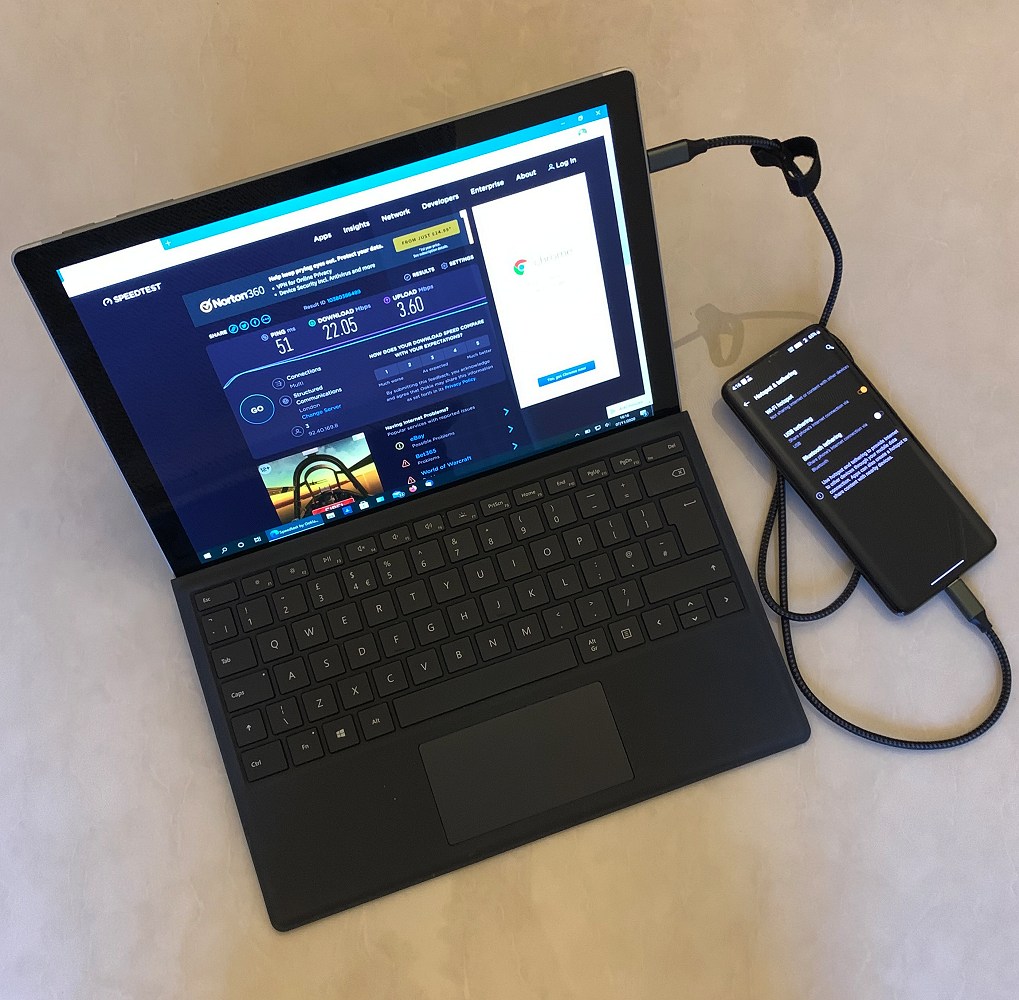


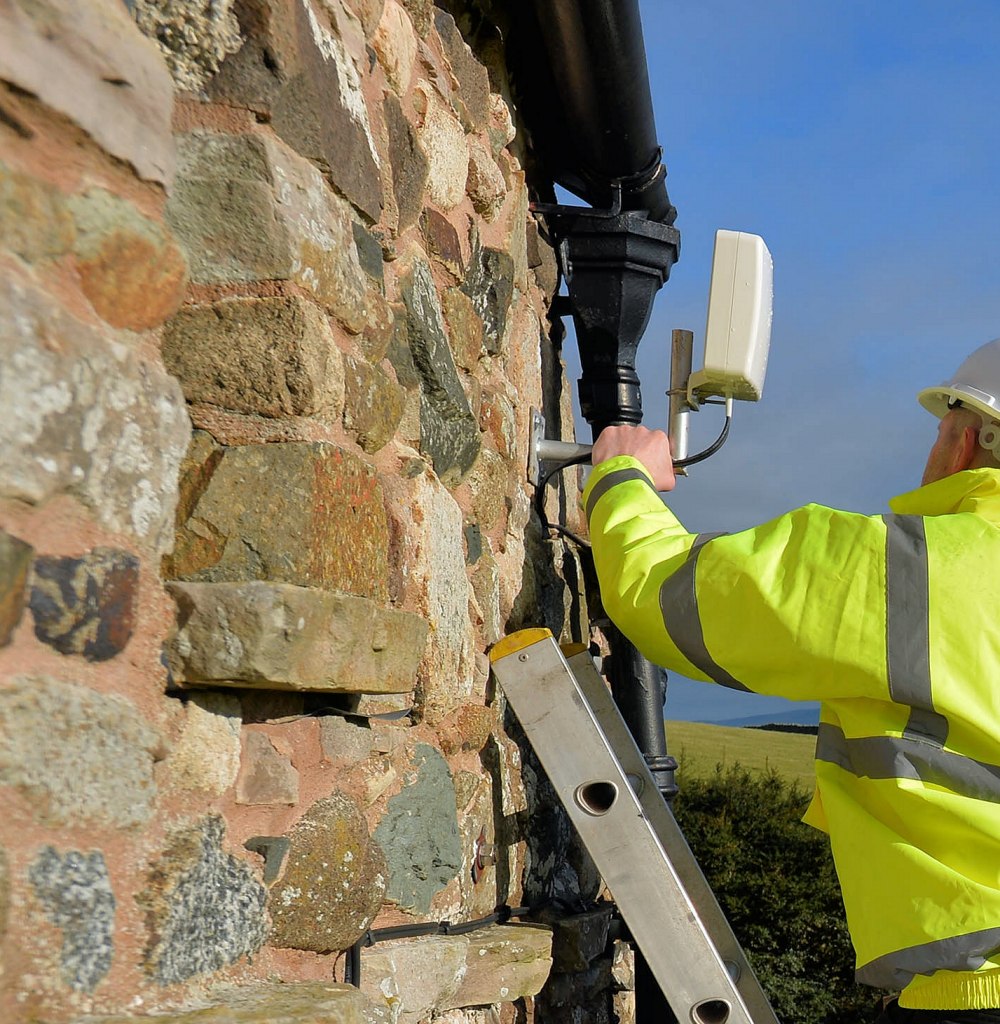






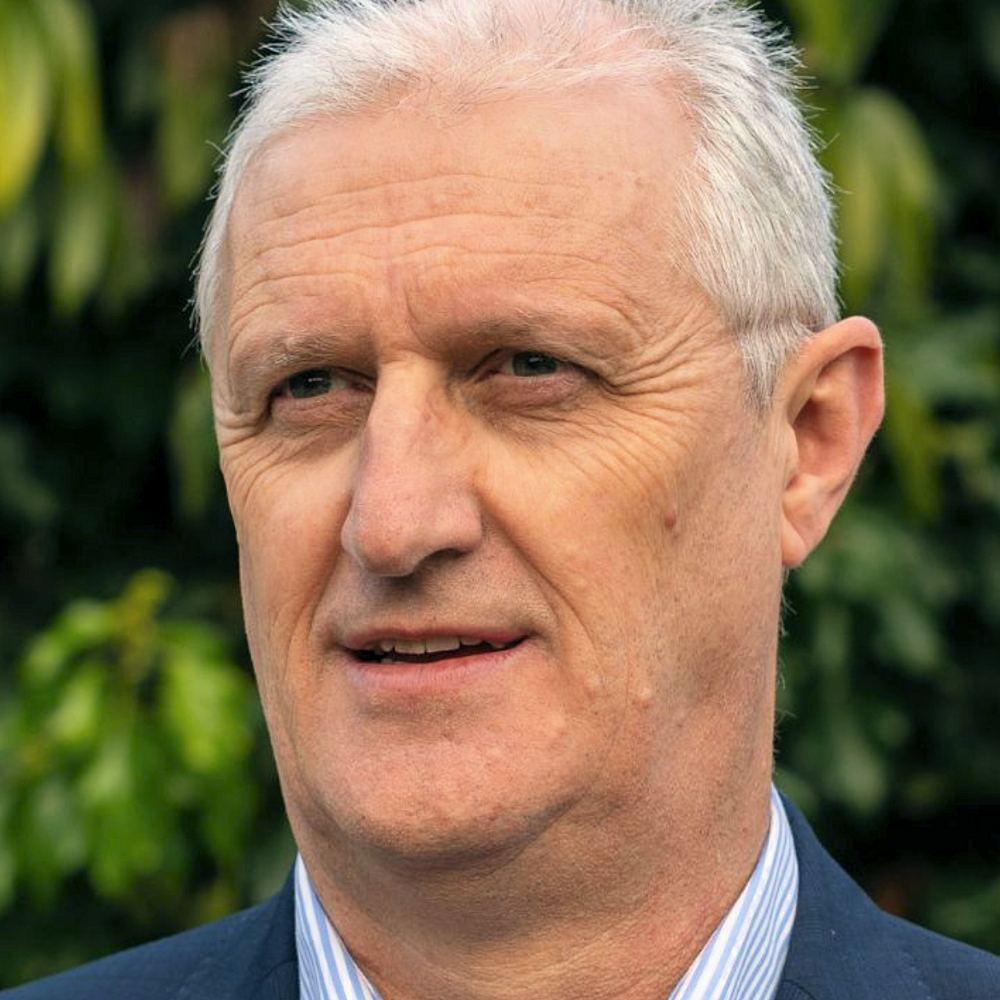

The communications industry needs better communication.
That either says it all ortells us nothing!
Why does it take so long for think tanks to come up with the obvious?
They reckon government will provide funding for digital champion roles in local authorities? Dream on.
Central government routinely give local authorities new responsibilities, and then don’t allocate them the necessary funding for all the things the LA are supposed to do. Look at the parlous state of social care, trading standards, roads, or at county level, education. Even having a digital champion won’t help if either the councillors, the planning committee or the planning officers are Luddites or tin foil hatters.
Quite.
They took £billions for issuing 5g spectrum to the operators and then expect local authorities to work with the industry and enable xyz. But don’t seem to understand that requires people and who is going to pay for these people.
Local authorities play a critical role in attracting and coordinating investment in digital infrastructure, but they can only do that if they have the resources to do it.
The 5G rollout would benefit from mast locations not being shouted down at the planning stage by NIMBYs